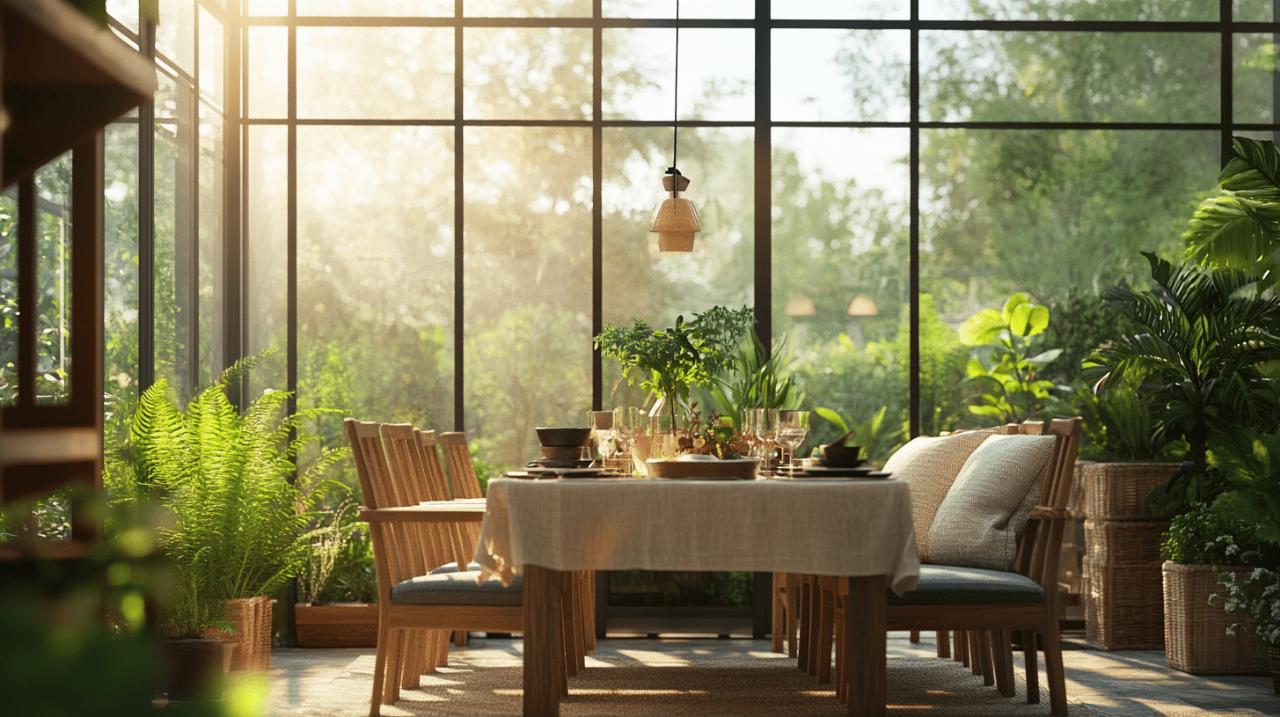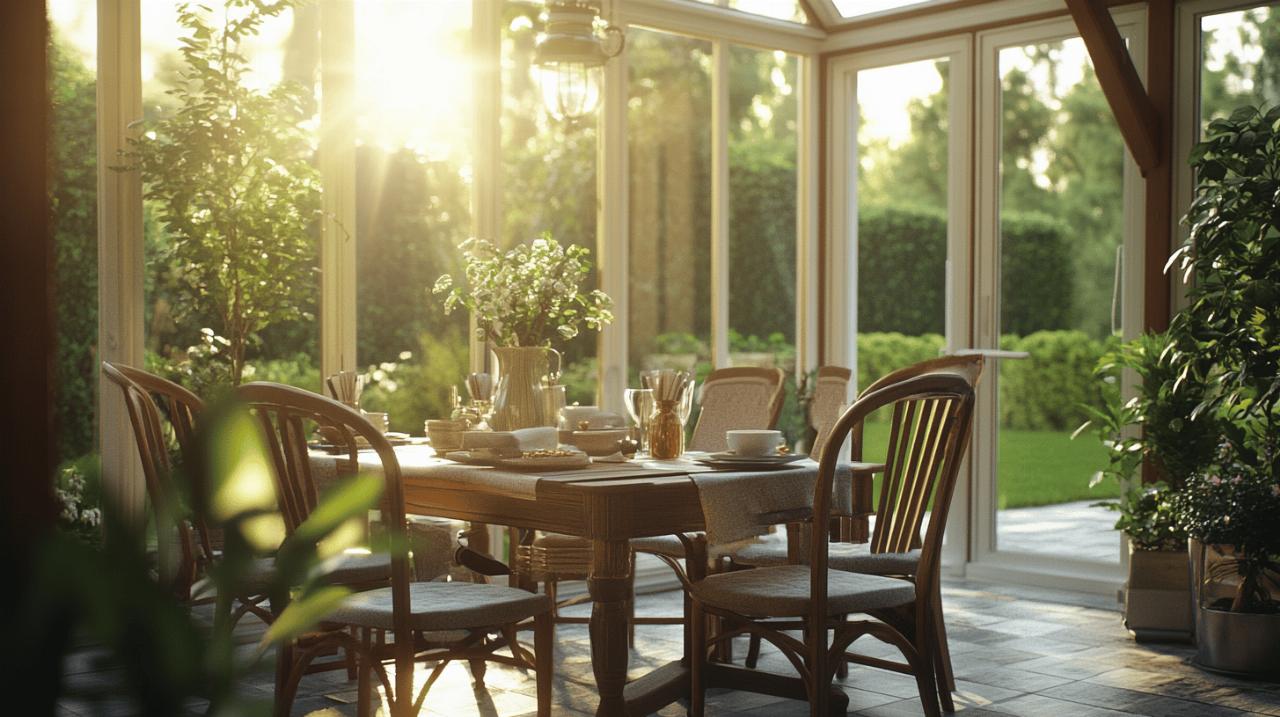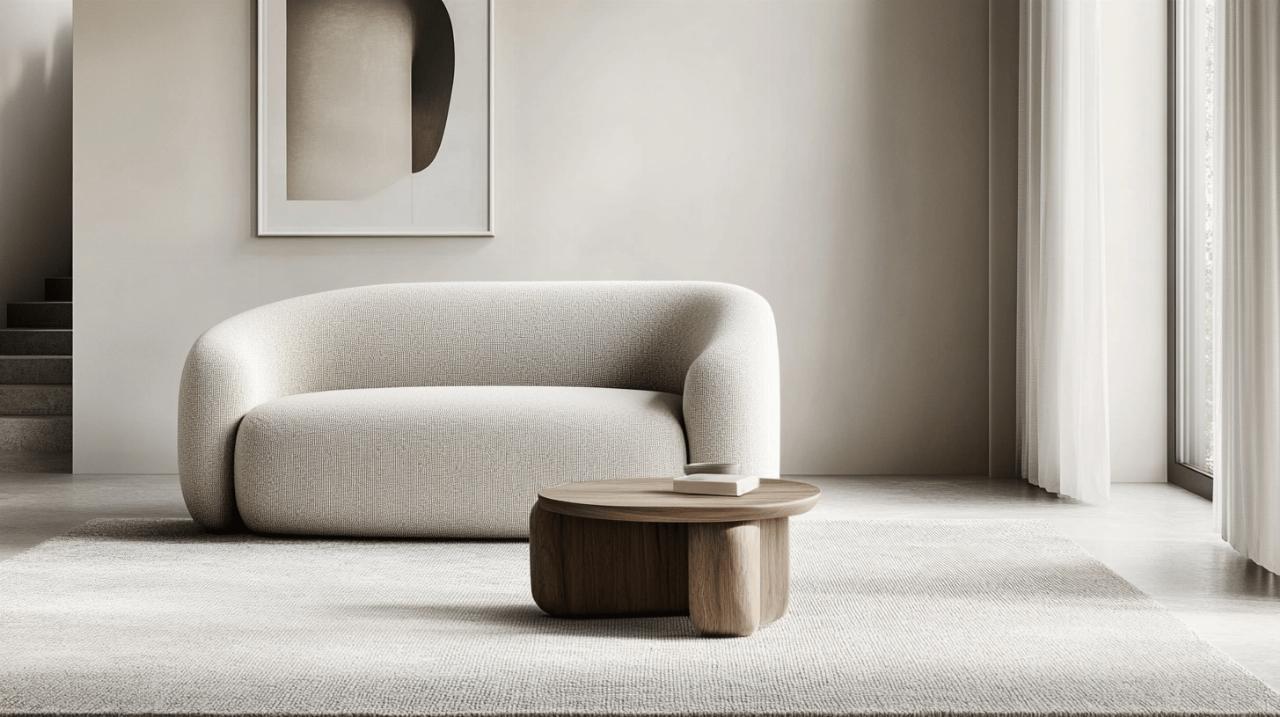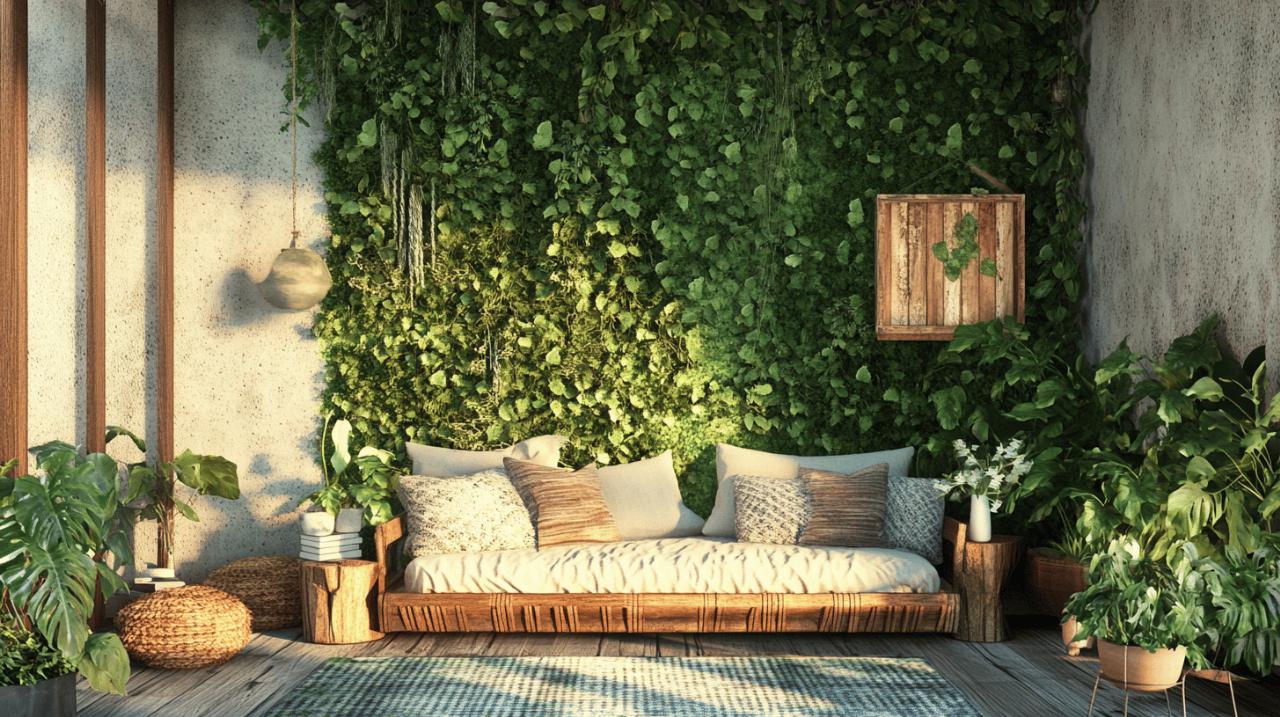How to Arrange a Conservatory as a Dining Room: Bringing the Outdoors In with Plant Decoration
Transforming a conservatory into a dedicated dining room represents one of the most rewarding home improvement endeavours available to homeowners today. These glass-clad extensions, often relegated to seasonal use or storage, possess immense potential as year-round spaces for family meals, convivial gatherings, and moments of connection with both loved ones and the natural world beyond the windows. By thoughtfully considering layout, embracing natural materials, incorporating greenery, and addressing practical climate concerns, any conservatory can become a delightful dining room that marries indoor comfort with outdoor beauty.
Planning your conservatory dining space: layout and practicalities
Assessing Your Conservatory's Size, Shape, and Connection to the Kitchen
Before embarking on the transformation of your conservatory, it proves essential to evaluate the physical characteristics of the space itself. The dimensions and configuration of your conservatory will significantly influence how effectively it functions as a dining area. A rectangular conservatory might accommodate a long dining table suitable for larger gatherings, whilst a square or octagonal design could encourage a more intimate arrangement. Equally important is the relationship between your conservatory and the kitchen. Proximity matters considerably when carrying dishes, serving courses, and clearing tables. If your conservatory connects directly to the kitchen or sits just beyond it, the flow of movement becomes effortless. Should the conservatory be situated further away, consider establishing a serving station or drinks trolley within the space to minimise unnecessary trips. The choice of doors linking these areas also plays a vital role in creating an open-plan feel. Bi-fold doors, sliding doors, or French doors each offer distinct advantages in enhancing the sense of flow and accessibility between indoor zones.
Creating a Functional Floor Plan for Dining and Movement
Once you understand the physical parameters of your conservatory, attention must turn to the practical arrangement of furniture and pathways. A well-considered floor plan ensures that diners can move comfortably around the table, pull out chairs without obstruction, and navigate the space without feeling cramped. Allow sufficient clearance behind seating areas so guests can rise and sit with ease. The dining table itself should occupy a central position, balanced within the conservatory to maintain symmetry and maximise views through the glazing. Avoid overcrowding the room with excessive furnishings or decorative elements that might impede movement. Remember that conservatories often serve multiple purposes beyond dining, so flexibility in the layout proves invaluable. A thoughtful floor plan also considers the placement of lighting fixtures, heating elements, and any additional features such as sideboards or display units that enhance functionality without compromising space.
Embracing nature: blending indoor and outdoor elements through décor
Choosing Natural Materials and Earthy Tones for a Seamless Garden Connection
One of the greatest joys of dining in a conservatory lies in its intimate connection with the garden. To amplify this relationship, select décor that harmonises with the outdoor environment visible through the glass. Natural materials such as cane, bamboo, and rattan bring an organic quality to the space, blurring the boundaries between interior and exterior. These materials work especially well in furniture choices, from dining chairs to side tables, and introduce textures that echo the natural world. Earthy tones in shades of terracotta, warm browns, soft greens, and sandy neutrals create a soothing palette that complements foliage and garden features. Incorporating rugs crafted from resilient natural fibres like jute adds warmth underfoot whilst disguising scuffs and wear, particularly important in a space exposed to outdoor elements. Feature floors with patterns or colour can introduce visual interest without overwhelming the connection to nature. For those drawn to Scandinavian aesthetics, integrating natural materials indoors alongside a darker, more restrained colour palette creates a modern yet earthy ambience.
Incorporating Plant Decoration to Blur the Lines Between Inside and Out
Greenery serves as the ultimate bridge between conservatory and garden, transforming the dining space into a living, breathing extension of the outdoor landscape. When selecting plants for a conservatory dining room, it becomes crucial to consider the unique environmental conditions these spaces present. Conservatories tend to be hot and bright during summer months, yet can turn chilly in winter, so choosing species that tolerate these fluctuations proves essential. Plants that thrive in bright light and possess hardy characteristics suit conservatory conditions admirably. Succulents offer resilience and require minimal care, making them ideal for busy households. For height and architectural interest, consider plants with long, sword-shaped leaves such as Dracaenas and Yucca, which add vertical drama without excessive width. The Snake Plant provides an excellent option for shadier corners, whilst larger specimens like the Rubber Plant or Fiddle Leaf Fig create dappled shade and soften hard surfaces. To maximise visual impact, vary plant heights and arrange them in naturalistic groupings, perhaps using rocks, stones, or decorative pots to enhance the display. Climbers and vines can be encouraged to trail along the conservatory framework, creating a canopy effect that further melds the dining area with the garden beyond. Mediterranean species and plants from semi-arid regions generally adapt well to conservatory environments, provided temperatures remain above ten degrees Celsius. To maintain humidity levels that benefit both plants and diners, consider incorporating indoor water features or trays filled with LECA or gravel. By thoughtfully integrating plant decoration throughout the conservatory, you cultivate an atmosphere of tranquillity and natural beauty that enriches every meal.
Selecting the Right Furniture and Managing the Climate
Finding the Perfect Dining Table and Comfortable Chairs for Your Space
 The dining table serves as the centrepiece of any conservatory dining room, so selecting the right piece demands careful consideration. Size matters considerably; the table must accommodate your family and guests without overwhelming the available space. A sturdy construction ensures longevity, particularly important in a conservatory where temperature and humidity fluctuations can affect certain materials. Wooden tables bring warmth and traditional elegance, whilst glass or metal options offer a more contemporary aesthetic. Seating arrangements require equal attention, as comfort directly influences how long guests linger after meals. Chairs should provide adequate support and complement the style of the table, whether that involves matching dining chairs or a more eclectic mix of seating options. Flexibility in seating arrangements allows the conservatory to adapt to different occasions, from intimate family dinners to larger gatherings. For those who enjoy entertaining, consider incorporating additional seating such as a bench or cushioned settee that can accommodate extra guests. The key lies in balancing functionality with aesthetic appeal, ensuring that furniture enhances both the dining experience and the overall atmosphere of the conservatory.
The dining table serves as the centrepiece of any conservatory dining room, so selecting the right piece demands careful consideration. Size matters considerably; the table must accommodate your family and guests without overwhelming the available space. A sturdy construction ensures longevity, particularly important in a conservatory where temperature and humidity fluctuations can affect certain materials. Wooden tables bring warmth and traditional elegance, whilst glass or metal options offer a more contemporary aesthetic. Seating arrangements require equal attention, as comfort directly influences how long guests linger after meals. Chairs should provide adequate support and complement the style of the table, whether that involves matching dining chairs or a more eclectic mix of seating options. Flexibility in seating arrangements allows the conservatory to adapt to different occasions, from intimate family dinners to larger gatherings. For those who enjoy entertaining, consider incorporating additional seating such as a bench or cushioned settee that can accommodate extra guests. The key lies in balancing functionality with aesthetic appeal, ensuring that furniture enhances both the dining experience and the overall atmosphere of the conservatory.
Controlling Temperature with Blinds, Window Film, and Heating Solutions
Conservatories present unique climate challenges, often becoming uncomfortably warm in summer and excessively cold in winter. Addressing these extremes proves essential for creating a dining space that remains inviting throughout the year. Blinds represent one of the most effective solutions for regulating temperature and light levels. Roof vents allow hot air to escape during warmer months, whilst solar control glazing reduces heat gain by filtering intense sunlight. Window film offers another option for managing glare and heat without obstructing views. During colder periods, portable heaters or integrated heating systems ensure the conservatory remains cosy and comfortable. Some homeowners opt for air conditioning units to provide both cooling in summer and heating in winter, offering comprehensive climate control. Keeping blankets readily available allows diners to adjust their personal comfort levels during cooler evenings. By implementing a combination of these measures, you create a conservatory dining room that remains pleasant and functional regardless of the weather outside.
Adding Personal Style and Creating a Multi-Purpose Living Space
Expressing Your Design Aesthetic with Lighting, Artwork, and Accessories
Whilst structural elements and practical considerations form the foundation of a conservatory dining room, personal touches truly transform the space into a reflection of individual style. Lighting plays a pivotal role in establishing ambience and mood. Statement pendant lights suspended above the dining table create focal points and provide task lighting for meals, whilst fairy lights, strip lights, and floor lamps introduce softer, ambient illumination suitable for evening gatherings. LED candles offer the romance of flickering light without fire hazards. The choice between bright, contemporary colours and patterns or a more subdued, minimalist approach depends entirely on personal preference. Maximalism embraces bold hues and abundant decoration, creating a vibrant, energetic atmosphere. Conversely, Scandinavian-inspired designs favour restraint, allowing natural materials and greenery to take centre stage. Artwork and accessories offer additional opportunities for self-expression. Coastal themes incorporating nautical stripes and blue and white palettes evoke seaside tranquillity, whilst feature walls painted in colours such as Farrow & Ball's Middleton Pink introduce warmth and character. Soft textiles in the form of cushions, table runners, and throws add comfort and can be easily changed to reflect seasons or occasions. Fresh flowers arranged in vases bring colour and fragrance, reinforcing the connection to the garden. By thoughtfully curating these elements, you craft a conservatory dining room that not only functions beautifully but also resonates with your personal aesthetic and lifestyle.
Maximising your conservatory's potential beyond mealtimes
A conservatory dining room need not serve a single purpose alone. With thoughtful planning, the space can adapt to various needs and activities throughout the day. During morning hours, the conservatory might function as a tranquil breakfast nook flooded with natural light. In quieter moments, it could transform into a home office or a peaceful retreat for reading and reflection. Families with children might utilise the space as a playroom when not in use for dining, appreciating the easy supervision afforded by the glass walls. For those who practice yoga or meditation, the conservatory offers an ideal setting, enhanced by plants such as the Rubber Plant and Fiddle Leaf Fig that create a calming, studio-like atmosphere. Entertainment features including sound systems, drinks trolleys, or even projectors can turn the conservatory into a hub for hosting summer gatherings, board game evenings, or film screenings. The proximity to the garden makes the conservatory an excellent base for barbecues and al fresco dining, with bi-fold or sliding doors allowing seamless transition between indoor and outdoor entertaining. By embracing versatility in design and furnishing, you unlock the full potential of your conservatory, creating a multi-purpose living space that enriches daily life far beyond its role as a dining room. This approach not only maximises the value of your conservatory but also ensures it remains a beloved and frequently used part of your home.



